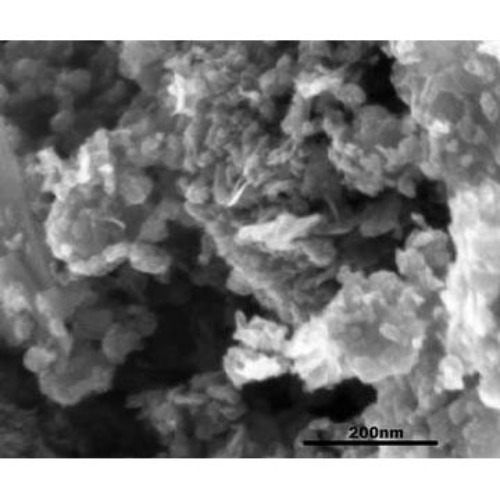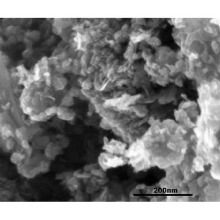Health and Safety
| Hazard Statements | N/A |
| Transport Information | N/A |
| Suggest equipment | Eyeshields, Gloves, type N95 (US), type P1 (EN143) respirator filter |
Graphene (C) Nanopowder General Description
Used a variety of biological, chemical, and medical fields, graphene nanopowder offers a combination of traits suitable to any number of applications.
Depending on the exact powder utilized, it can offer benefits in tissue engineering, bioimaging, medical device manufacturing, pharmacological development,
and a host of related fields. Graphene may be one of the most heavily-researched nanopowders on the market today, with its exceptional potential in medicine
and related fields uncovered recently. SSNano offers graphene nanopowder in sizes ranging from 1 to 15 nanometers, ideal for any number of manufacturing
or research projects.
Graphene (C) Nanopowder/ Nanoparticles Applications
- • Medical devices: Graphene’s highly configurable and modifiable traits make it an excellent candidate for usage in medical devices including
- bio-sensors, diagnosis devices, microbial detectors, DNA sequencing tools, and a host of other medical devices. Much of the most exciting research
- in medicine right now revolves around the unique traits of graphene.
- • Bioimaging: Properly applied, graphene can be utilized in solutions to produce a contrast agent for photoaucustic and thermoacustic imaging.
- More promisingly, certain morphologies of graphene nanoparticles appear to be safe enough in low concentrations to allow for advanced biomedical
- applications.
- • Tissue engineering: Graphene works as a safe and effective reinforcement agent in various composites for bone tissue applications, with the
- potential for additional applications as research progresses.
- • Biomicrorobotics: Though still in the early days of experimenting, researchers have showed promising results with biomicrorobotics utilizing graphene
- in extremely tiny particles, producing a living humidity sensor.
- • Drug delivery: The interaction of graphene nanoparticles with cancerous cells has suggested a number of potential avenues for cancer drug delivery
- to be explored.










